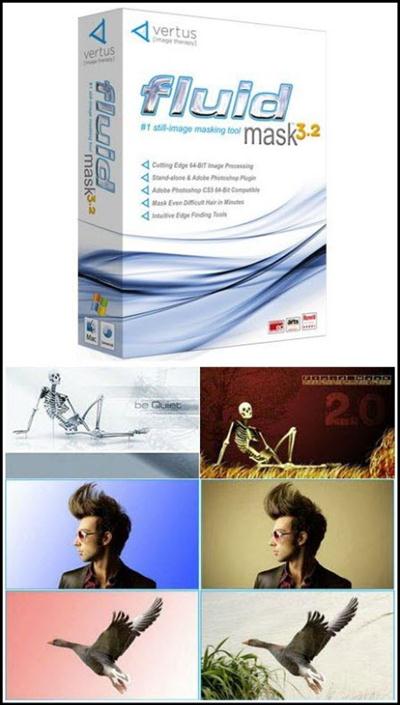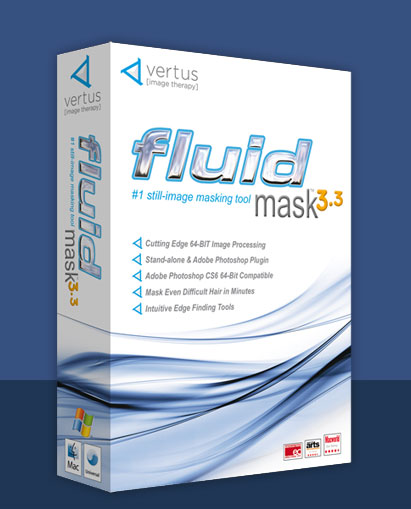
FLUID MASK PROFESSIONAL
Professional lab testing costs between $500-$1500 depending on the specific test.

Thank you to everyone that has donated time and money to help support the scientific investigation and formal testing of mask designs and materials. Special thanks to Hope Metzler who put together all the test samples discussed in this post. For more information about FDA regulatory requirements for masks check out the updated August 2020 EUA for Surgical Masks and the MakerMask blog post about Mask Labeling Requirements. Information provided is for reference only and is only applicable for the specific materials tested results may vary. NOTE: In keeping with FDA guidance, MakerMask designs are intended for use as source control and are not intended for surgical use or use in other high-risk activities. Although results will vary depending on specific materials used, these findings support a potential advantage of 3-layer NWPP masks over masks consisting exclusively of hydrophilic (absorbent) materials such as cotton or those constructed from a single layer of NWPP. These results show that a three-layer spunbond NWPP material combination can act as a barrier to fluids such as respiratory fluids and droplets. The outside surface (left) shows the splatter of synthetic blood from the test while the inside surface (right) of the same sample shows that none of the synthetic blood penetrated through the material.
FLUID MASK FULL
ASTM LevelĬlick here for the Full Report: “ GCTTG Group Report on MakerMask 3-Layer Mask Material Samples”. The results are summarized in the table below (Note: 39 samples were tested, and results are reported for the highest passing level). However, it performed better than expected and passed at ASTM Level 2. We hypothesized that our material combination would pass the fluid resistance test at ASTM Level 1. They are further classified on a scale of 1 to 3 based on the highest fluid pressure they block successfully: ASTM Level 1 (80 mm Hg), ASTM Level 2 (120 mm Hg), and ASTM Level 3 (160 mm Hg). Material samples are considered fluid resistant ( ASTM F1862 / F1862M – 17 Midha et al, 2012) if they successfully act as a barrier to the synthetic blood at one of the three pressure levels. To do this, the outside of each mask material is sprayed with a jet of synthetic blood at one (or more) pressure level (80 mm Hg, 120 mm Hg, and 160 mm Hg). This test is important because it evaluates whether the provided material samples can act as barriers to fluids (i.e., prevent fluid from soaking through, or penetrating, from the outside of the material to inside ). ASTM F1862 is the required fluid resistance test for medical masks.


Test Method ( ASTM F1862)Īfter pre-screening several material combinations for water resistance, we sent samples of 3-layer NWPP (n=40) for formal fluid resistance testing (ASTM F1862) by the Groupe CTT Group. Hydrophobic spunbond nonwoven polypropylene (NWPP) used in the MakerMask: Origami.

This is particularly relevant for masks designed to contain respiratory droplets, such as those used for source control in response to the COVID-19 pandemic. It is important for masks to act as a barrier to liquids to help prevent bodily fluids (e.g., respiratory droplets, spit, and blood) from passing through the mask. Thanks to community contributions, we were able to put the fluid resistance of community sourced NWPP to the test (ASTM F1862).įluid resistance is a key feature of medical masks. MakerMask has supported the use of spunbond NWPP in homemade mask designs because of its unique combination of breathability and hydrophobicity, or water resistance. New test results show that upcycled spunbond nonwoven polypropylene (NWPP) mask materials can provide high-level (ASTM Level 2) fluid resistance.


 0 kommentar(er)
0 kommentar(er)
